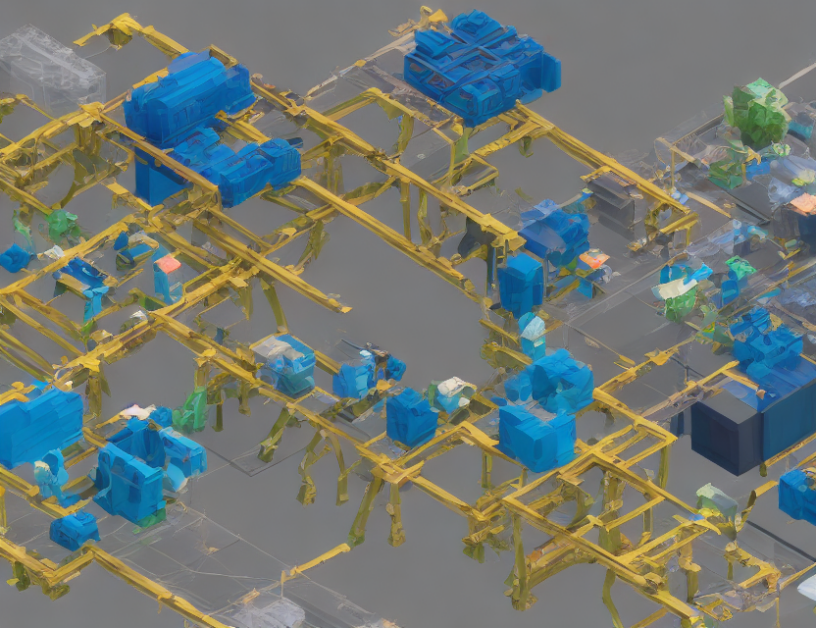In this research paper, we explore the capability of Semi-Supervised Support Vector Machines (S3VMs) to solve large-scale optimization problems with a high degree of accuracy. S3VMs are a type of machine learning algorithm that can be used for both classification and regression tasks, and they have shown promising results in addressing semi-supervised learning problems. However, the existing methods for solving these types of problems have limitations when it comes to handling large instances with a large number of data points.
To overcome this challenge, we propose a new algorithm that combines the cluster assumption with S3VMs. This approach allows the algorithm to traverse through low-data-density regions while adhering to the labeled data points in the input space. In other words, the algorithm applies the cluster assumption to semi-supervised learning, which means that data points belonging to the same cluster have the same labels.
We tested our algorithm on several real-world instances with a large number of data points and compared the results with existing methods. Our results show that our algorithm is capable of handling instances that are 10 times larger than what existing methods can handle. Additionally, we assessed the challenges that can arise when solving instances to global optimality and achieving high accuracy. We found that the bottleneck in our algorithm lies in the lower bound computation, where we employed a novel approach to improve the computational efficiency.
In summary, this research provides valuable insights into the capabilities of S3VMs for solving large-scale optimization problems with high accuracy. Our proposed algorithm demonstrates its capability to handle instances that are much larger than what existing methods can handle, and our results provide a benchmark for evaluating, enhancing, and developing heuristics and approximation methods.
Mathematics, Optimization and Control
Combining Continuous Optimization and Combinatorial Nature for Semi-Supervised Learning



